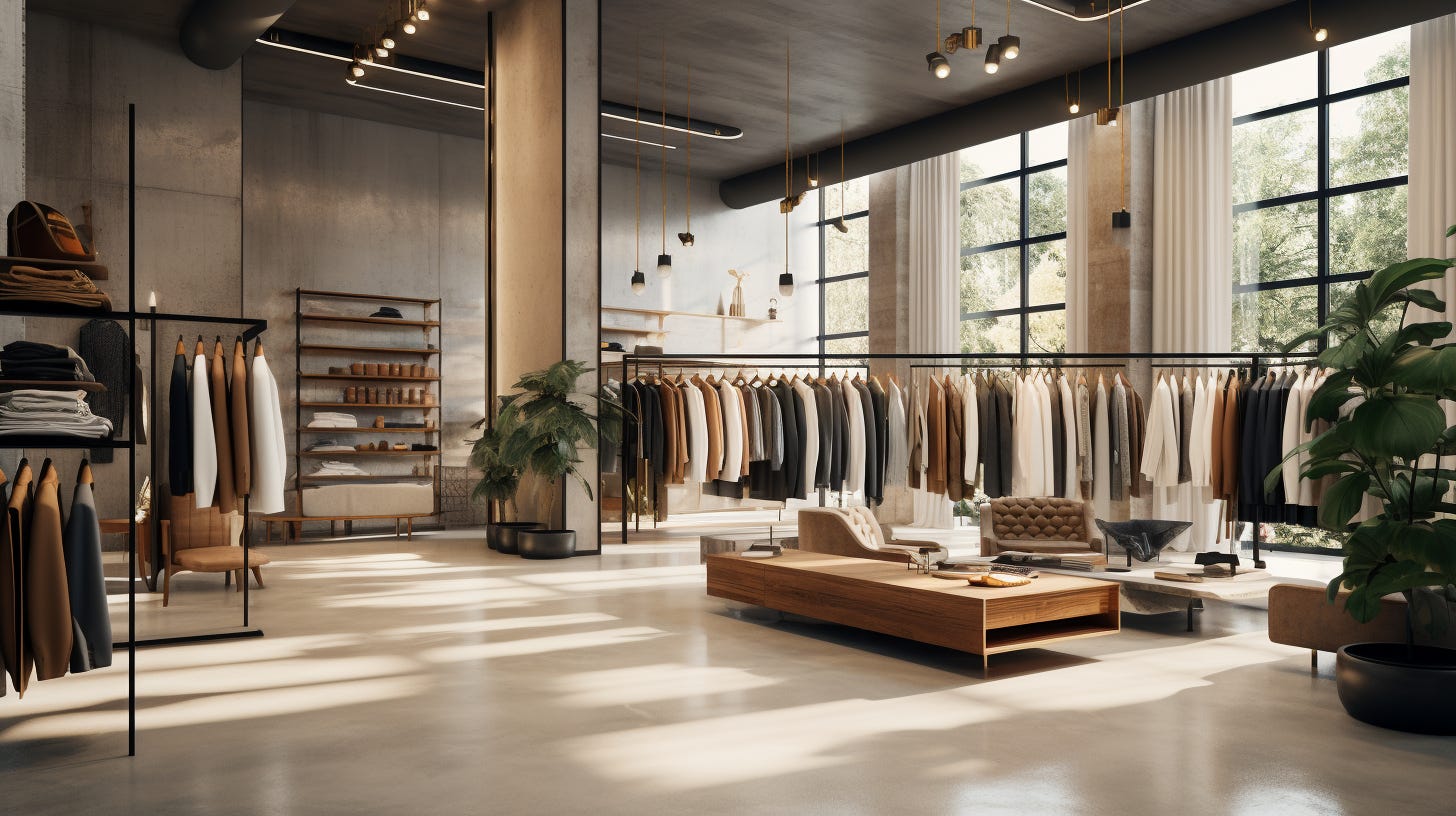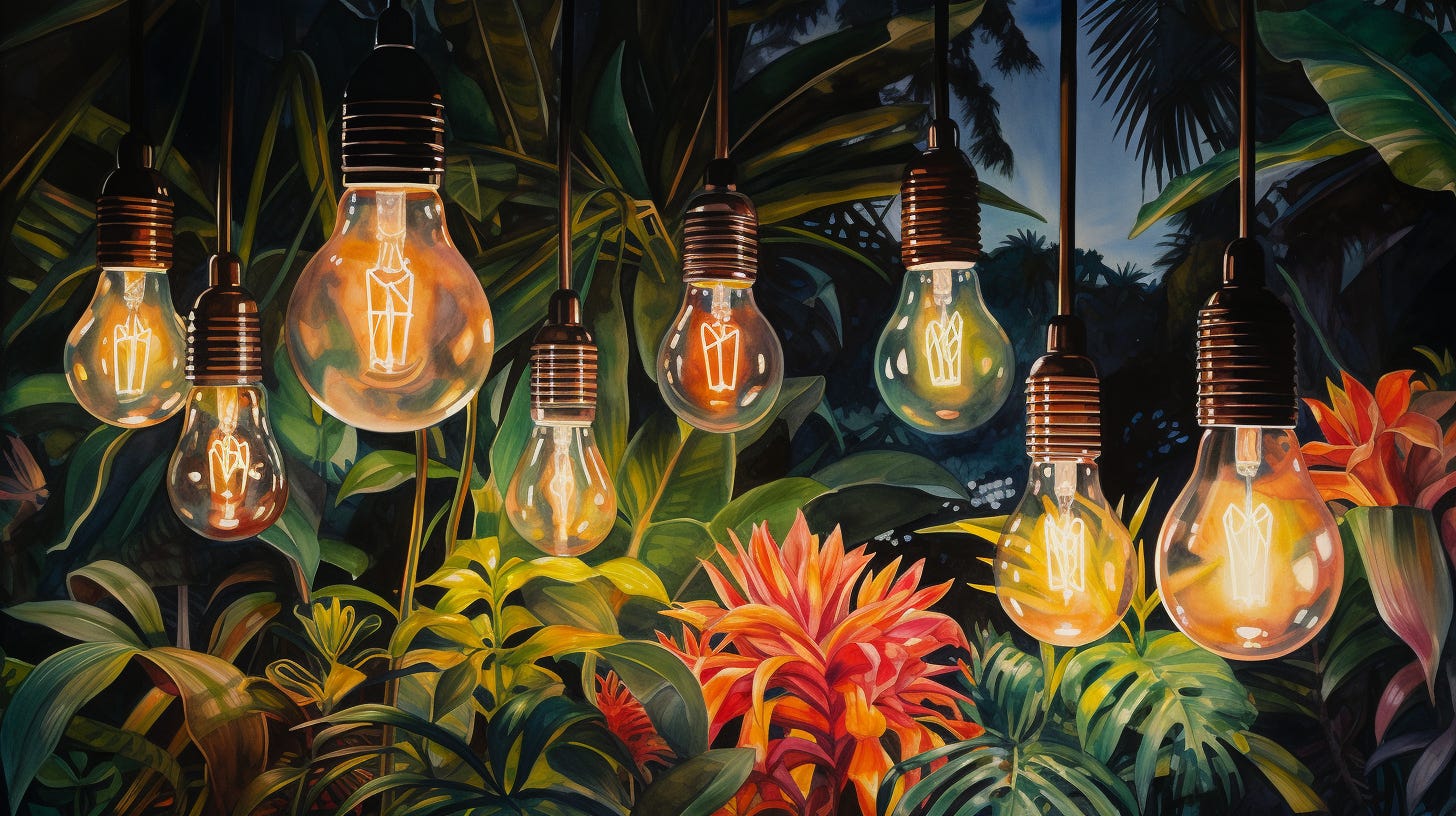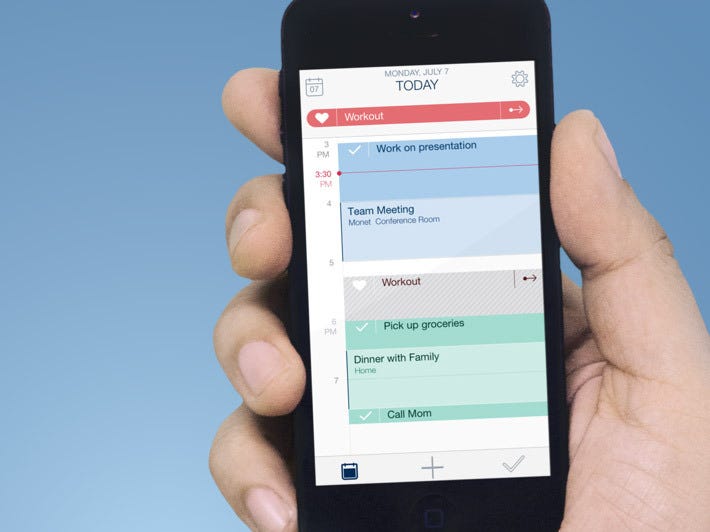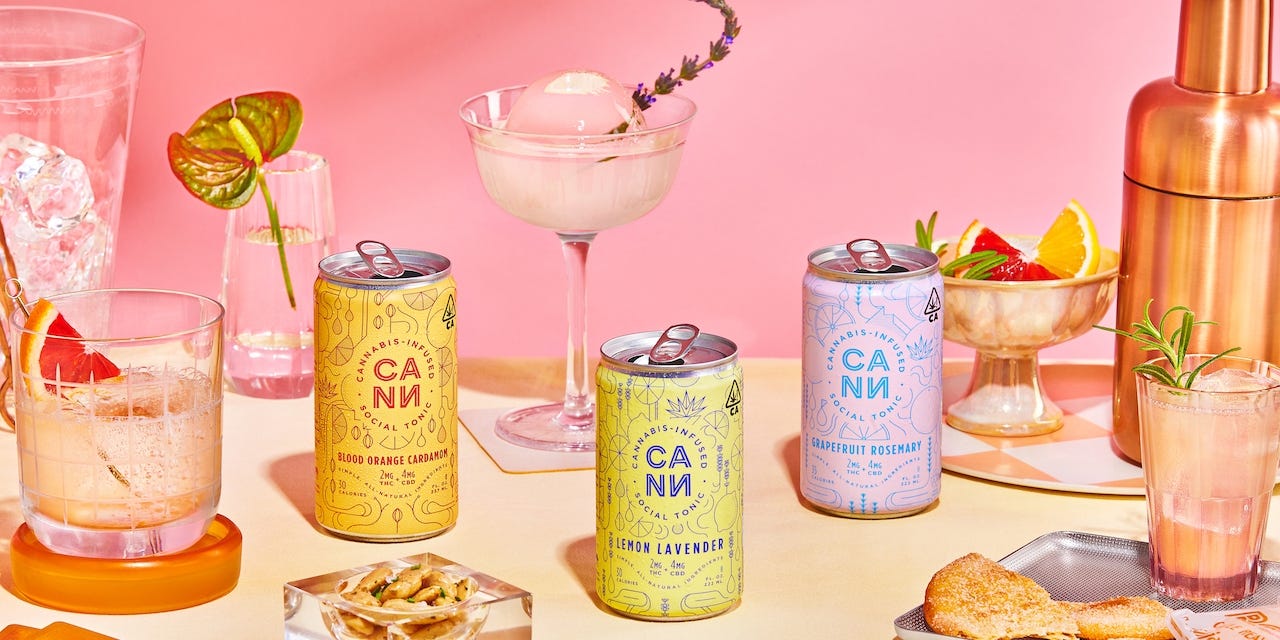Various ideas from design to cities and more
Canni-beverages, calendars, cars, crypto, and more.
I’ve been using Y-Combinator’s Co-Founder Matching service to meet more entrepreneurial people and potentially someone I could one day build a startup with. My latest conversation with one aspiring founder was a good one and we agreed that our next step would be to jot down all of our ideas of things we find interesting and share them with one-another in a Google Doc to asynchronously have a place to discuss them.
So I decided that I’d share a handful of my ideas today. These are totally all over the place and most of them aren’t particularly startup-able, but I figured it’d be an entertaining exercise.
I have thought of ideas from two angles: The problem angle and the solution angle.
The problem angle is generally how you want to approach starting a company because it lets you be flexible on how you solve it rather than getting tied to a solution. The solution angle can be useful if you have domain expertise and a deep understanding of a problem, but still can be misleading for building a product that somebody wants. Nevertheless, I figured it’d be entertaining to share both categories.
Below are some of the ideas floating around in my head.
Problems and questions
Software
Collaborating on maps for presentations is very time intensive – Felt is working on collaborating maps but this space still feels like this problem hasn’t been solved.
The calendar is such an important part of our lives but still doesn’t have context about our lives that could make it more intelligent and useful. I used to use Timeful before they were acquired by Google and it helpfully would suggest your ToDos on your calendar based on when you historically would do them. Julian Lehr just wrote an amazing writeup on calendars that’s worth the read.
Design
Getting mockups for laptops and devices without paying for an Adobe account is hard – I haven’t found anything out there that produces very cool mockups for apps and websites online with the angles, scenes and dimensions I’d like.
Making sure people follow design and brand rules is tough because tools don’t set up good guardrails – to stay within the constraints of a brand you have to know the tool well like Figma components, variables, etc.
Errors still happen between designing and implementing a design because a developer often has to sit and translate code from one software to another, or a designer didn’t design something that was feasible or time-effective for an engineer to build.
Social
Loneliness has gotten quite severe across all age groups. Is there a way to use technology to bring us closer to each other in-person or make our relationships deeper besides interacting through just our phones?
Coordinating plans with friends takes time and planning and is very very specific to everyone. How do we reduce flaking and improve commitments for social outings for everyone?
How do you filter for ambition in dating and friendships? How do you better vet personalities or characteristics to find more of them you can be friends with?
Ghosting your friends and other people happens all of the time – How might we nurture better ways to keep connected?
Going to any in-person event can be intimidating if you’ve never been before, but it can be one of the most fruitful ways to meet people outside of your immediate social group. How can we make in-person events feel more casual?
Voice notes are a great way to have really authentic asynchronous communication with friends. What other opportunities are there for async communication in both the work and social context? Loom did a great job with async video presentations and Async (aptly named) is trying to be the inbox for all voice notes.
RFPs – Request For Proposals is a way for organizations to solicit bids from vendors to solve something for them. Cities made us do tons of these at Bird.
It’s hard to know when an RFP is going to drop that’s relevant for a business unless you’re constantly in-the-loop. Most RFP tracking databases have crusty UI.
Drafting RFPs is complex and time intensive even though most of the time it’s just reorganizing the same information into different buckets.
Lifestyle
It’s tough to get out of the house and go try something new unless you’re being “pulled” to that something new by some sort of story, friend, or other service. There’s a lot of inertia you need to overcome to go out and do something.
How do you make vintage or used clothing easier for more people to consider in their purchasing behavior? Maybe an Erewhon for vintage clothing that is widely available like GoodWill, but with a more elevated brand like GOAT or Gently, but in-person.

Cities
Cities are still loud because of cars and sirens to communicate to cars to get out of the way. How do we reduce the usage of cars in cities?
E-scooters and shared e-mobility is still gradually being adopted by cities, but there is still not a lot of infrastructure for these devices in cities around the world such as charging docks and places to store them.
People don’t feel like they can lock up their e-devices at bike racks in major cities because vandals and thieves may disassemble and steal their parts. How can we build better infrastructure to prevent this?
American tourists visit Europe or New York and are excited about the accessibility and walkability of the cities, but then go back to their single family suburban home and wonder why they don’t have the same experience in their town. How can we encourage more dense, walkable development in more American cities?
Etc.
Bass is one of the best parts of listening to music but when you’re in an apartment building it’s the primary reason why someone would tell you to turn your music down. Is there a better way to prevent bass leakage from a space?
No-alcohol or alternative substance alternatives at venues are still not really normalized. Would be cool for a break-out brand to be able to get in popular venues and be as recognizable as a “gin and tonic”. Some Canni-beverages are really tasty like CANN
Solutions
These are ideas that are partially motivated by the form and the function rather than the problem. This tends to be the wrong way to think of building a company or solving a problem, but a lot of these ideas are rooted in a hypothesis of a problem, as you’ll read in the descriptions.
Crypto seed-phrase tablets as a service – A seed phrase is a combination of about 12 words that you use as your password to access a crypto wallet. It’s super important that you have those 12 words memorized, but if anyone has those 12 words they can access the wallet, so you don’t want them to be somewhere where a hacker could get it. For the most important wallets, one way to prevent anyone from accessing the seed phrase is to etch sets of the seed phrases across three separate metal tablets so that you need two tablets to have the full phrase. This service would securely engrave the phrase words, distribute the tablets around the world, and ensure the customer can access the tablets how the customer prefers with the highest level of security.
Crypto wallets for cities – the city of San Jose made money running Helium routers as an experiment of exploring crypto. They used a basic wallet app to manage the funds that they earned from it, but it’s very hard for cities or large organizations to centrally accept and manage crypto.
Figma for music production – Music production is silo’d to Digital Audio Workstations that have been industry leaders for decades. There are ways to share projects traditionally like passing files back and forth, but there isn’t a way to collaborate on projects in real-time without being in-person or on the same device. Also, because it is technically very computationally intense to run some virtual synths, this could just be really difficult to do, but there are probably ways to work around this.
Screenshot reminders – I take tons of screenshots of cool websites, things I want to remember but not necessarily save to an app, and ideas for all kinds of different projects and interests. An app that would go through my screenshots and send me relevant reminders about them would be helpful for resurfacing them in my life so I can actually take action. Pager is working on screenshot curation, so this is my formal request for this feature to the people that work at Pager that read this newsletter (side-eye).
TP Ads – The real estate potential for printing non-smudging ads on toilet paper seems limitless, but really takes a bold brand to go for something like this. Hilarious.
city.city – a standardized app / website service provider that offers free mobile apps and websites to cities all over the world to make it easy to move between cities, vote, use city services, and more. Ideally this would be like Gov.UK but standardized across cities. Not sure what the revenue model would be, but it would be cool to make interacting with a city way easier for people. It seems like Citizen was trying to do this with safety, but it ended up becoming this weird pseudo-fear-inducing app with not a lot of great direction.
Framer for no-code apps – No-code apps like Bubble.io are a great way to design and build full-functioning apps without having to learn how to code, but Bubble.io still has a learning curve and can feel slow. I wonder if there are even simpler, more abstracted ways to get an application up and running.
Unsplash for generative AI brand assets – Generative AI is now good enough to replace stock imagery but because a lot of what people are using it for is so niche and specific it can be tough to find exactly what’s been generated that you could use for your own brand without having to re-render it yourself. Maybe there’s an opportunity to use brand direction and basic iPhone photo-inputs to produce and manipulate photos that are at brand/stock photo quality. This is more niche-ing Generative AI down into something a bit more accessible for a specific customer.
Actually pursuing ideas
Just listing these out is hardly the beginning of any serious solution for them, but you’ve gotta start from somewhere. I usually like to gather more information via landing pages, conversations with potential customers, and generally conducting The Mom Test (Available for free on Libby – thanks Michael Frascella for the recommendation) as a next step, but it’s good to start with getting some ideas down.
The ideation and execution of ideas is what makes the entrepreneurial world so wild and entertaining so who knows if whether there’s potential for a business behind any of these, but if you have any thoughts or if any of these get you excited, let me know in the comments.





in the works :)